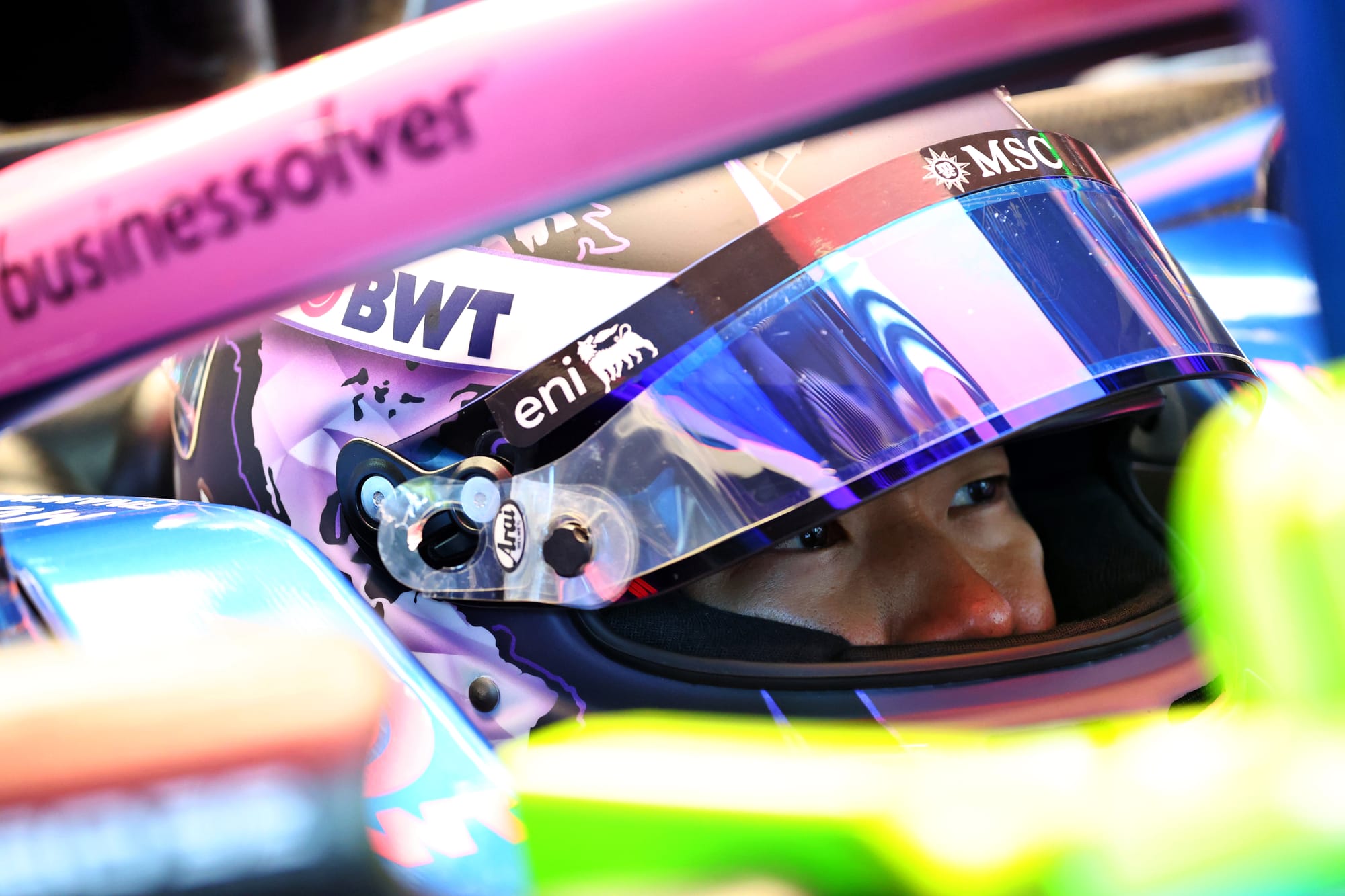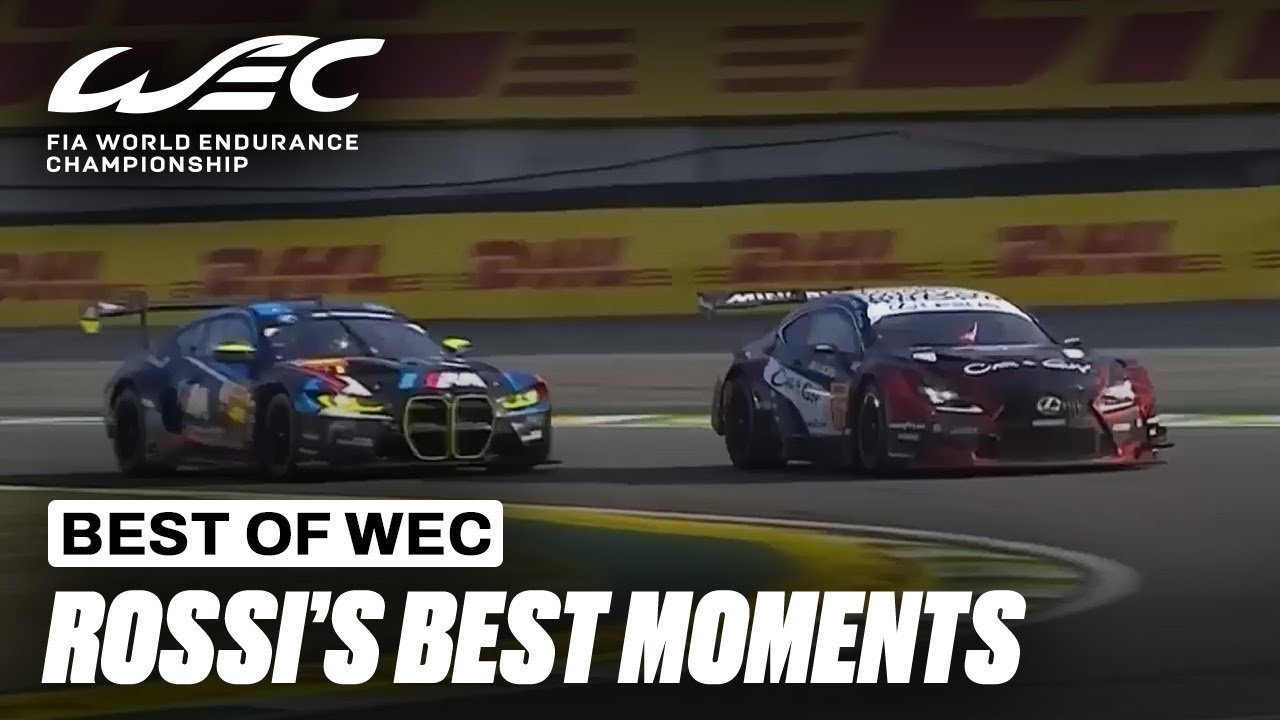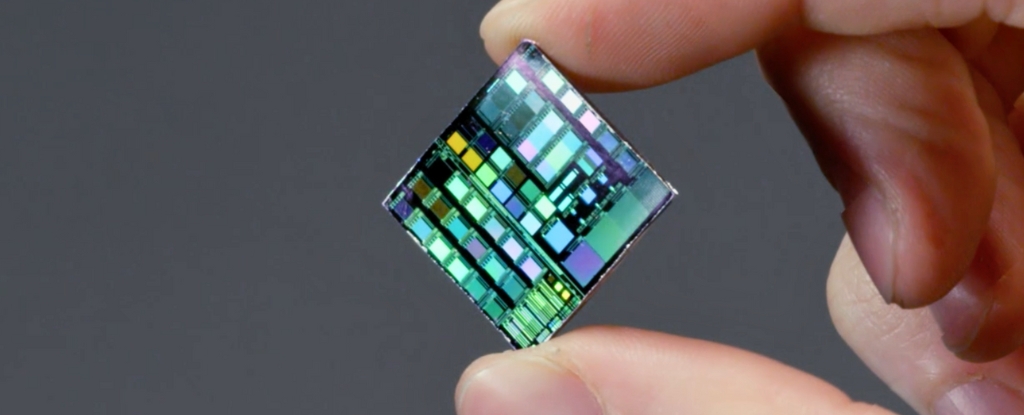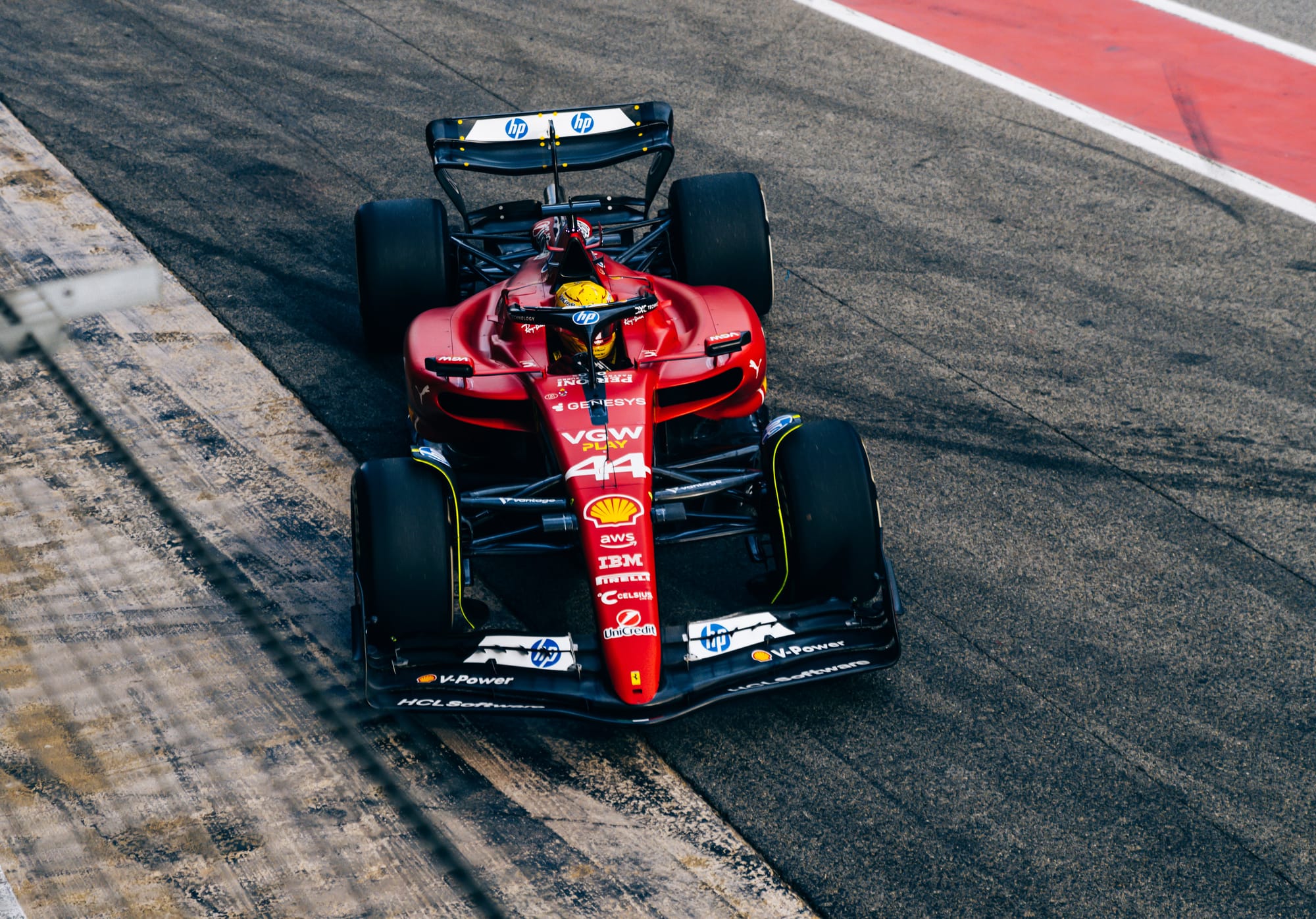Mark Hughes: Red Bull's Japanese GP turnaround explained
Max Verstappen's Japanese GP pole lap was an instantly-iconic effort in a car that's still lacking. But without some in-weekend progress by Red Bull even Verstappen's brilliance wouldn't have been enough


This was a spectacularly great pole lap even by the standards of Max Verstappen.
The Red Bull should not on merit be ahead of the McLaren around Suzuka and it was only into the final corner of the final Q3 lap that it was ever ahead of both papaya cars, having spent much of the weekend up to that point trailing behind both McLaren and Mercedes and only running on par with a Ferrari running a higher-than-ideal ride height.
But even for such a great driver at his most inspired, the car needed to be within grasping reach – and for most of the weekend it was not. It took a lot of massaging to build the RB21 from a lazily unresponsive car that had Verstappen despairing and talking of ‘flex’, ‘no front end at all’, ‘front tyres just not gripping’ - to one where the grip of a new set of C3s was enough to just about bring pole within reach of an extraordinary driver.
More from Saturday at Suzuka
- The reality of Red Bull's car has quickly dawned on Tsunoda
- How 'very lost' Antonelli rescued his Japanese GP weekend
- McLaren working on 2025 car change for Norris
- 'I nearly crashed' - Hadjar's Suzuka cockpit drama
- F1's plan to stop grass fires derailing Japanese GP
“We’ve turned the car upside down this weekend,” Christian Horner told Sky Sports F1. “Max has been working hard with his engineering team just trying to get the car in a window and then he’s just gone and delivered the most amazing lap.”
Changes were made to the weight distribution, aero balance, roll bars, springs and, perhaps most notably, wing level. The downforce level was reduced into Saturday, regardless of the prospect of rain on race day. The desperate search for balance overrode the usual imperatives. 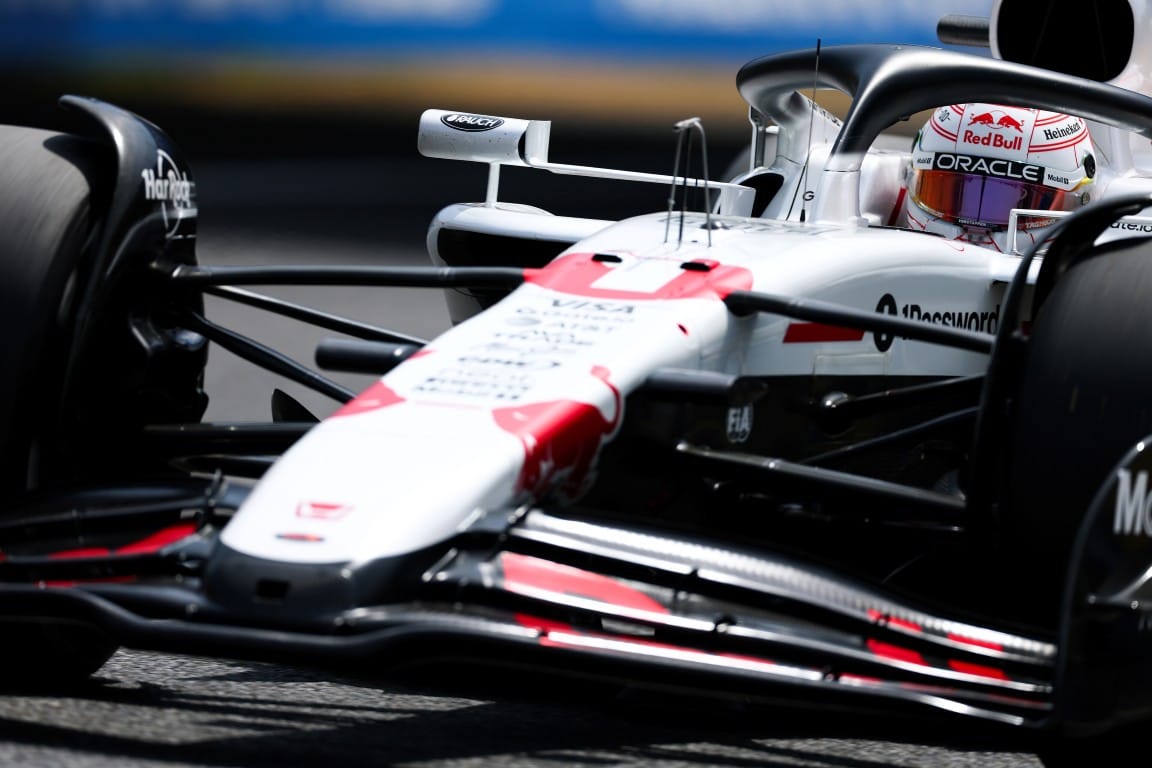
But even into Q1 (where Verstappen was only sixth-fastest, a quarter of a second off Oscar Piastri’s McLaren), Max was complaining that he just had no front tyre grip. He was even further adrift (of Lando Norris’ McLaren) in Q2. Although his first Q3 run put him second only to Piastri, he remained a chunky 0.27s off.
Some of what followed was fine-tuning the tyre prep lap so as to have optimum front temperatures at the start of the lap. But most of it was just a great driver finding himself in a situation where he could throw caution to the wind around a circuit where that pays back in laptime to a much greater extent than most. He was genuinely thrilled afterwards, the adrenaline clearly still coursing through him. 
“There were a couple of places I wasn’t sure it was going to stick,” he said. “The exit of T1/entry to Turn 2. Turns 6-7 [at the top of the Esses], Spoon... those places.” Indeed the speed he carried into that first turn and, even more so, into Spoon, was extraordinary.
The low wing carried him down the end of the straights faster (323km/h vs Norris’ 318km/h just before T1). His beautifully coordinated feel for preventing good rotation through the esses from becoming time-consuming slides kept him in touch with a McLaren that was just grippier and more responsive through there. His final flourish was a super-late braking into the chicane – and it was there that he gained a decisive advantage over Norris.
But while accepting the car had been good enough to provide him with this half-chance, Verstappen was adamant it is still a problematic car. “We are still struggling with the through-corner balance,” he said. "On low fuel and new tyres you can mask it a bit and just send it and see, hope that it sticks.” It somehow stuck. In the tiny margin of that 'somehow' Verstappen worked his magic.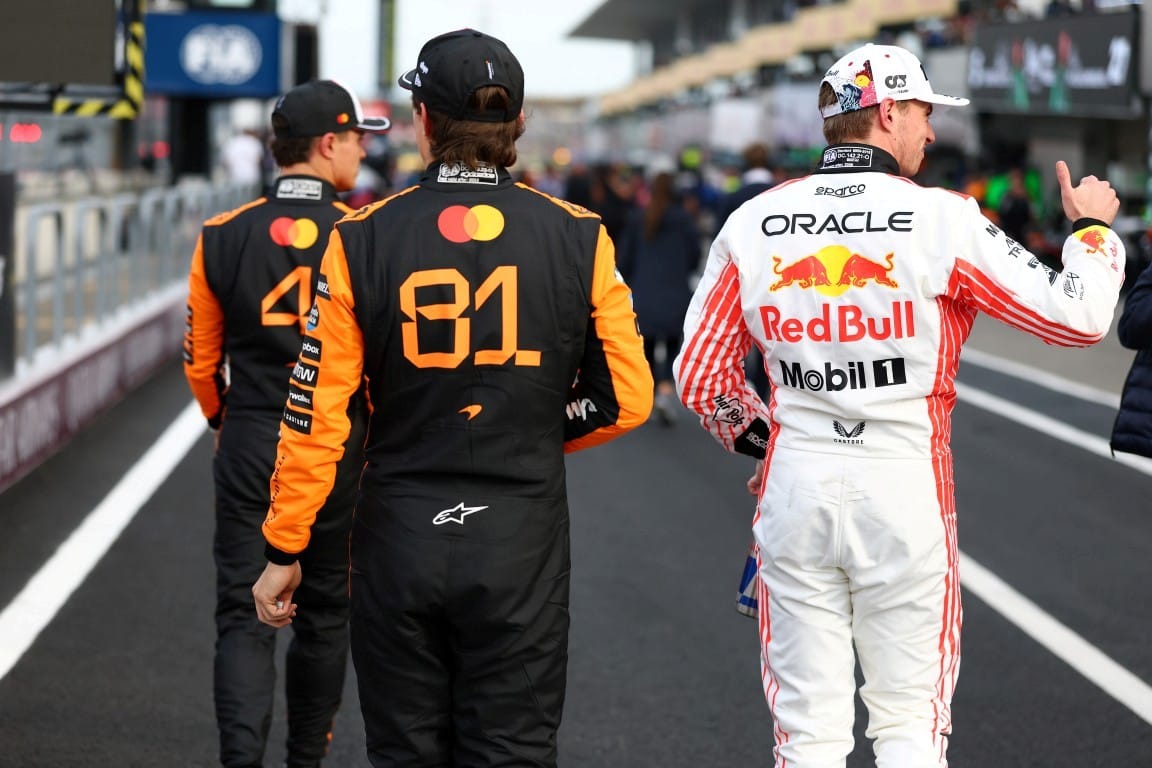
Oscar Piastri just didn’t have a good handle on Turn 2 at any point. It was always a little hit and miss for him there and on his final Q3 lap he dropped a big chunk. Too much even for a superb remainder of the lap to get him any better than third. Norris, meanwhile, noted that at all the places particularly demanding of the front end he struggled to match Piastri.
But it turned out Piastri wasn’t who he needed to be worrying about. The McLaren boys attacked a tricky track in a super-fast car in an appropriately aggressive way. But they had no need to be trying for anything desperate with an apparent advantage over the rest of around 0.25s.
Verstappen was freed from any constraints on this day. Maybe some rain might allow him to keep weaving the magic on race day.























